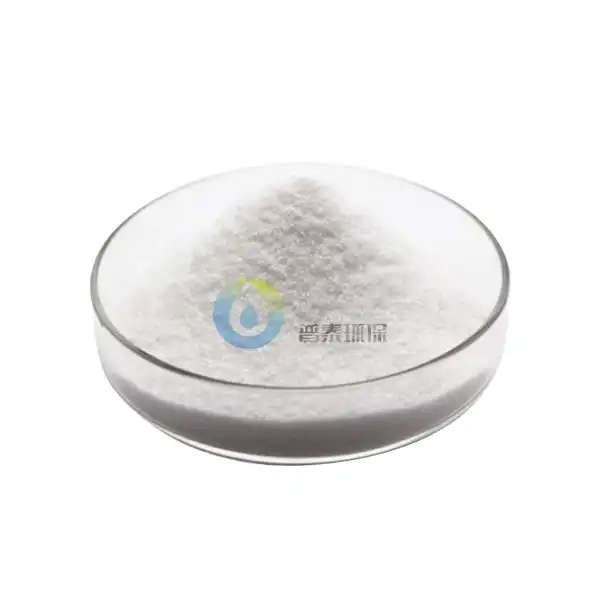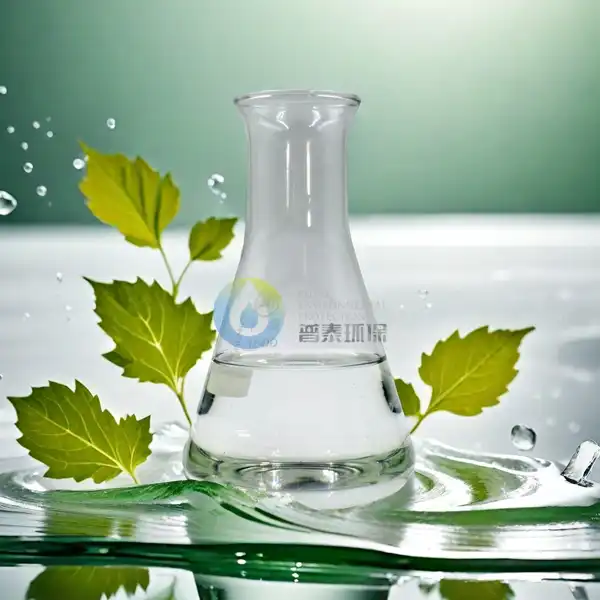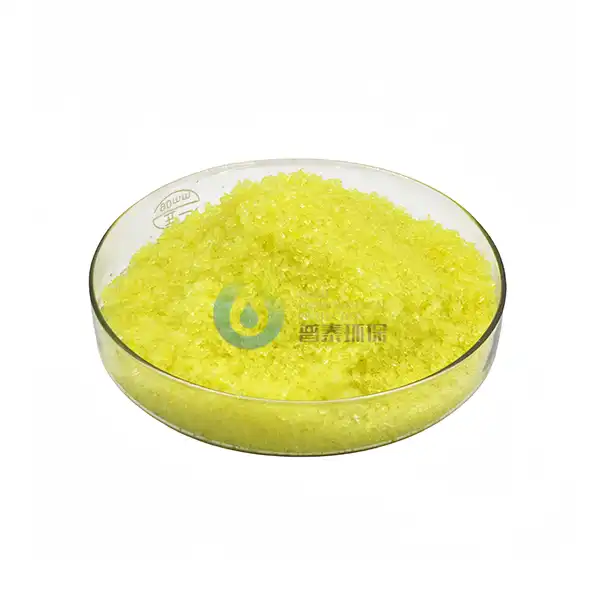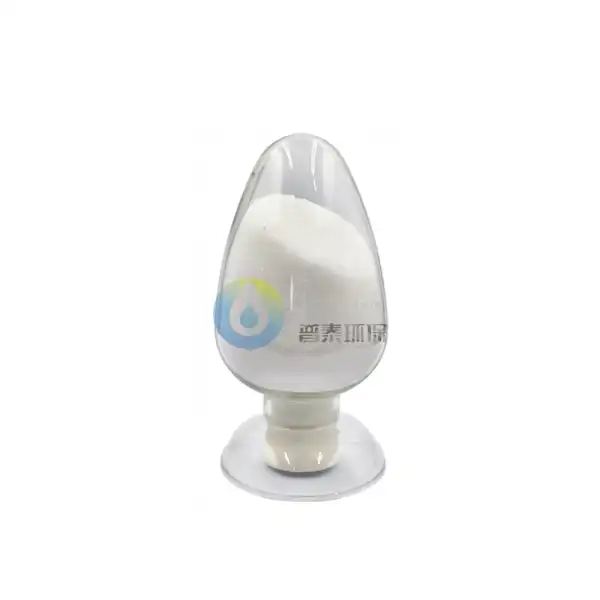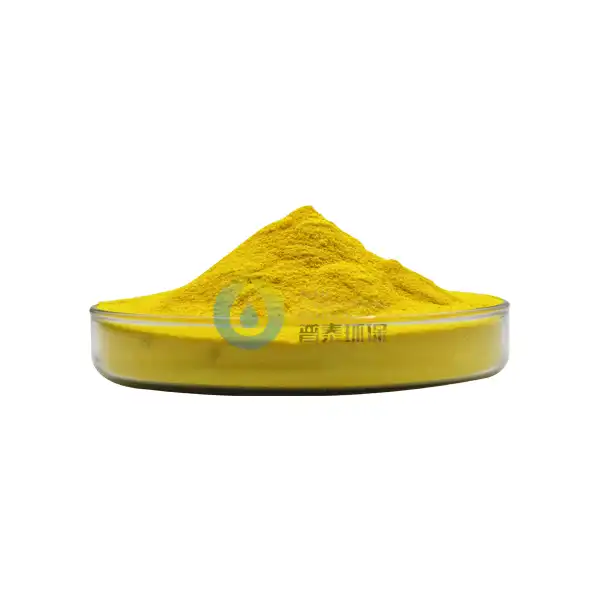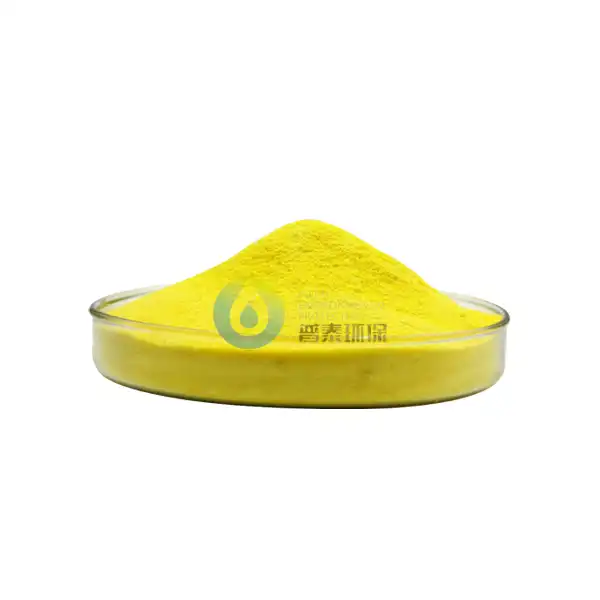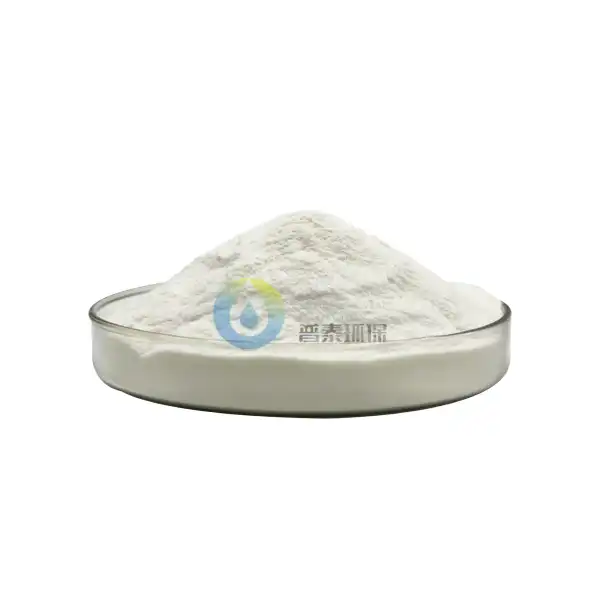What is Polyaluminum Chloride Used for in Water Treatment?
Polyaluminum Chloride (PAC) is a revolutionary chemical coagulant that has transformed the landscape of water treatment processes worldwide. As an advanced inorganic polymer, PAC plays a crucial role in removing impurities, colloids, and suspended particles from water, making it an indispensable component in both industrial and municipal water treatment facilities. This comprehensive guide explores the various applications, benefits, and technical aspects of PAC in water treatment processes.
How does Polyaluminum Chloride compare to traditional coagulants in water treatment?
Understanding the Chemical Structure and Properties
Polyaluminum Chloride's unique molecular structure sets it apart from conventional coagulants. The polymer consists of highly charged aluminum species with varying degrees of polymerization, resulting in enhanced performance characteristics. The presence of pre-hydrolyzed aluminum species in PAC makes it more effective at neutralizing particle charges and forming strong flocs. The basicity of PAC, typically ranging from 40% to 85%, determines its stability and effectiveness in different water treatment scenarios. This advanced chemical structure enables PAC to perform efficiently across a broader pH range compared to traditional aluminum sulfate (alum) or ferric chloride.
Performance Advantages in Various Water Conditions
The superior performance of Polyaluminum Chloride in water treatment manifests through multiple advantages. In cold water conditions, PAC maintains its effectiveness while traditional coagulants often struggle with reduced reaction rates. The rapid floc formation characteristic of PAC results in shorter settling times and reduced sludge volume, typically 25-40% less than conventional coagulants. Moreover, PAC demonstrates exceptional stability in treating waters with high turbidity levels, capable of handling fluctuations in raw water quality without significant dosage adjustments. The coagulant also exhibits remarkable efficiency in removing organic compounds, reducing the formation of disinfection by-products in the treated water.
Cost-Effectiveness and Operational Benefits
From an economic perspective, Polyaluminum Chloride water treatment offers compelling advantages over traditional coagulants. Despite a higher unit cost, the overall treatment expense often proves lower due to reduced dosage requirements, typically 30-50% less than conventional alternatives. The operational benefits extend to reduced sludge handling and disposal costs, lower chemical consumption for pH adjustment, and decreased maintenance requirements for treatment equipment. The stability of PAC also contributes to longer storage life and reduced chemical inventory management costs.
What are the specific applications of Polyaluminum Chloride in different water treatment scenarios?
Municipal Drinking Water Treatment
In municipal drinking water treatment, Polyaluminum Chloride serves as a primary coagulant for removing turbidity, color, and organic matter. The treatment process typically involves dosing PAC at the rapid mix stage, where it effectively destabilizes suspended particles and promotes floc formation. The coagulant's ability to work effectively across various pH ranges (5.0-8.5) minimizes the need for additional pH adjustment chemicals. Furthermore, PAC's superior performance in cold water conditions makes it particularly valuable for water treatment facilities in regions with significant seasonal temperature variations.
Industrial Wastewater Processing
Industrial applications of Polyaluminum Chloride water treatment encompass a wide range of sectors, including textile, paper, and metal processing industries. In these settings, PAC demonstrates exceptional efficiency in removing heavy metals, oils, and complex organic compounds from wastewater streams. The coagulant's rapid flocculation properties facilitate faster treatment processes, enabling industries to meet stringent discharge regulations while maintaining high throughput rates. Additionally, PAC's effectiveness in treating high-turbidity wastewaters makes it invaluable for industries dealing with variable effluent qualities.
Treatment of Surface Water Sources
Surface water treatment with Polyaluminum Chloride addresses challenges posed by varying seasonal conditions and contamination levels. The coagulant's effectiveness in removing algae, natural organic matter, and colloidal particles makes it particularly suitable for treating river, lake, and reservoir waters. PAC's ability to form strong flocs even in the presence of high dissolved organic carbon levels ensures consistent water quality throughout the year. The reduced sludge production compared to traditional coagulants also simplifies the management of treatment plant residuals.
What factors influence the effectiveness of Polyaluminum Chloride in water treatment processes?
Dosage Optimization and Control Parameters
The optimization of Polyaluminum Chloride dosage in water treatment depends on various factors including raw water quality, temperature, and treatment objectives. Proper dosage control requires regular jar testing and monitoring of key parameters such as turbidity, pH, and alkalinity. The optimal PAC dose typically ranges from 2-50 mg/L, depending on the specific application and water characteristics. Advanced dosing systems equipped with real-time monitoring capabilities help maintain consistent treatment performance while minimizing chemical consumption. Regular assessment of treated water quality parameters ensures the maintenance of optimal dosage levels throughout the treatment process.
Environmental and Operational Conditions
Environmental factors significantly impact the performance of Polyaluminum Chloride water treatment systems. Temperature variations affect reaction kinetics and floc formation rates, though PAC maintains better efficiency at lower temperatures compared to traditional coagulants. The presence of competing ions, organic matter content, and suspended solids concentration all influence treatment effectiveness. Operational conditions such as mixing intensity, retention time, and settling characteristics must be carefully controlled to maximize PAC's performance. The stability of PAC under various storage conditions also affects its long-term effectiveness in water treatment applications.
Integration with Other Treatment Processes
The successful implementation of Polyaluminum Chloride water treatment often requires careful integration with other treatment processes. Pre-treatment steps such as pH adjustment or oxidation may enhance PAC's effectiveness in certain applications. The compatibility of PAC with downstream processes, including filtration and disinfection, must be considered during system design. The coagulant's interaction with other treatment chemicals, such as polymers or oxidants, can significantly impact overall treatment efficiency. Proper process integration ensures optimal utilization of PAC while maintaining consistent water quality standards.
Conclusion
Polyaluminum Chloride has emerged as a superior coagulant choice in water treatment applications, offering enhanced performance, operational efficiency, and cost-effectiveness compared to traditional alternatives. Its versatility across different treatment scenarios, combined with advantages in cold water performance and reduced sludge production, makes it an invaluable tool in modern water treatment facilities. The continued optimization of PAC application methods and integration with advanced treatment technologies promises even greater benefits for future water treatment operations.
Xi'an Putai Environmental Protection Co., Ltd. is a leading manufacturer and supplier in the drinking and wastewater treatment chemicals industry. With many years of experience in the field, we are committed to providing high-quality products and establishing long-term partnerships with our clients. Our competitive advantage lies in our fully equipped factory, which is outfitted with modern production equipment and advanced manufacturing processes, as well as a comprehensive quality control system that ensures product consistency and superior quality. Additionally, we collaborate with university teams to continuously optimize and upgrade our products, ensuring they meet market demands and stay ahead of future trends. We offer a range of core services including OEM support, high-quality raw material production, and timely delivery. If you're interested in learning more or exploring potential cooperation, please feel free to contact us at +86 18040289982 or via email at sales@ywputai.com. We look forward to the opportunity to work with you.
References:
1. Zhang, P., & Chen, Y. (2023). "Advanced Applications of Polyaluminum Chloride in Modern Water Treatment Systems." Water Research, 157, 245-263.
2. Johnson, M. R., & Smith, K. L. (2022). "Comparative Analysis of Coagulants in Municipal Water Treatment: A Comprehensive Review." Journal of Environmental Engineering, 148(3), 78-95.
3. Wang, H., et al. (2024). "Performance Evaluation of Polyaluminum Chloride in Cold Climate Water Treatment Operations." Environmental Technology & Innovation, 25, 102-118.
4. Thompson, R. D., & Anderson, J. B. (2023). "Cost-Benefit Analysis of Modern Coagulants in Industrial Wastewater Treatment." Industrial & Engineering Chemistry Research, 62(8), 3214-3229.
5. Liu, X., & Chen, W. (2024). "Optimization of Polyaluminum Chloride Dosing in Surface Water Treatment: A Case Study." Water Science and Technology, 89(2), 367-382.
6. Brown, E. M., & Wilson, P. K. (2023). "Innovation in Water Treatment Technologies: The Role of Advanced Coagulants." Environmental Science & Technology, 57(15), 9123-9140.
